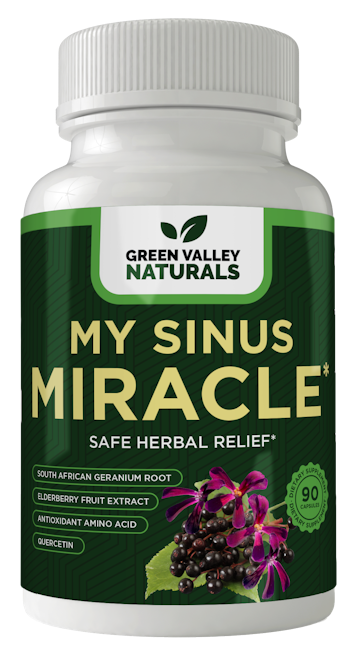
Usually, it’s a cold or the flu, and nothing to be concerned about. But these days, symptoms like these could indicate a COVID-19 infection. How can you tell? How would even a doctor know without the help of a lab test?
New research suggests there is a way of knowing because COVID-19 symptoms appear in a certain order.
At the time of this writing, the early symptoms of COVID-19 are not well defined.
Current advice issued by the CDC suggests people may have the virus if they have a fever and a cough or any of these other symptoms: shortness of breath or difficulty breathing, fatigue, muscle or body aches, headache, new loss of taste or smell, sore throat, congestion or runny nose, nausea or vomiting and diarrhea.
But millions of people have flu and other respiratory diseases during the winter months and share many of the same symptoms.
That’s when, researchers say, the order in which the symptoms appear provides a clue.
With COVID-19 Fever Comes First
To distinguish between COVID-19 and other conditions, researchers from the University of Southern California looked at data worldwide from over 2,000 people who were diagnosed with influenza between 1994 and 1998.They also gathered information on two different datasets from China, one with over 55,000 confirmed cases of COVID-19 and another with 1,100 cases.
Their findings showed that, unlike influenza, which typically begins with a cough, symptoms of COVID-19 arrive in the following order:
1. Fever
2. Cough and muscle pain
3. Nausea and/or vomiting
4. Diarrhea
This sequence also helps to distinguish between the coronaviruses MERS and SARS, which present a bit differently. In these other coronaviruses, diarrhea comes before nausea and vomiting.
The authors wrote, "Our finding that COVID-19 first presents with a fever supports the recommended measures by the CDC which state that the public should take their temperature at home and when entering facilities as an early checking method...and that those with fever should immediately seek medical attention for diagnosis and contact tracing."
Lead study author Joseph Larsen commented, "The order of the symptoms matter. Knowing that each illness progresses differently means that doctors can identify sooner whether someone likely has COVID-19 or another illness, which can help them make better treatment decisions."
But in the real world of medical practice, it's not that simple.
Flexibility Needed
Dr. Robert Glatter, an emergency physician at Lenox Hill Hospital in New York, says, "the reality of what I see on the front lines is more variable."While he agrees that fever is the most common initial symptom, flexibility is needed because people may show up without either a fever or a cough. Instead, they may have only a loss of taste and smell, skin reactions, malaise, headache and dizziness, or chest pain without respiratory symptoms.
"They don't always present 'according to the book' so you must cast a wide net when thinking about who may or may not have COVID-19," he added.
Dr. Glatter finds that sudden loss of taste and smell and inflammatory skin reactions like chilblains, which are sores or bumps that usually appear after exposure to cold temperatures, "may be important clinical tools" to distinguish COVID-19 from the flu.
Also, as we reported back in August, older people with an infection may not develop a fever because their immune system is not strong enough to produce the necessary response.
Dr. Glatter suggests the study findings are potentially useful "when evaluating multiple patients in a busy clinical setting."
While not conclusive, fever as a first symptom is a strong indication of COVID, and loss of taste and smell, or the appearance of chilblains perhaps even more so.



